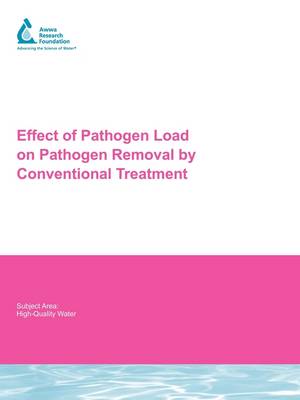The overall goal of this study was to evaluate pathogen removals in conventional water treatment at pathogen concentrations nearer to those found in the aquatic environment. Specific objectives included (1) measurement of pathogen removal at concentrations of 101 pathogens/L rather than 106 pathogens/L, (2) comparison of grab and composite sampling methods, and (3) comparison of alternative enumeration procedures.
In the Long-Term 2 Enhanced Surface Water Treatment Rule, conventional treatment plants received a 3-log credit for oocyst removal if they met the filtration requirements of the rule. This credit was based largely on experiments with pathogen concentrations 6 to 8 orders of magnitude higher than those observed in practice. Thus, there is considerable uncertainty about pathogen removals that would be attained under more realistic situations. The removal of Cryptosporidium oocysts and Giardia cysts through conventional treatment was observed to depend on initial pathogen spike dose. Removal increased with increasing spike dose and statistical analyses suggested that log removal differences between low and high concentration trains were statistically significant in most cases. This was consistent with fundamental expectations. Similar results were observed for the unit processes of sedimentation and granular media filtration. Composite sampling with continuous flow separation channel centrifugation allowed for better detection of pathogens in filter effluent due to increased sample volume.
- ISBN10 184339264X
- ISBN13 9781843392644
- Publish Date 15 December 2008
- Publish Status Out of Print
- Out of Print 10 June 2016
- Publish Country GB
- Imprint IWA Publishing
- Format Paperback
- Pages 148
- Language English
